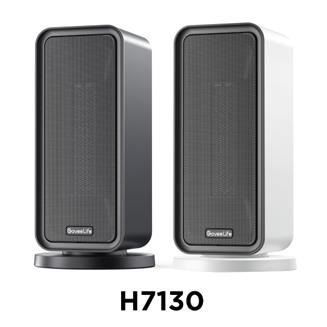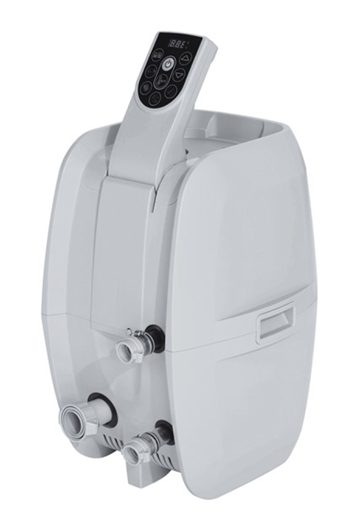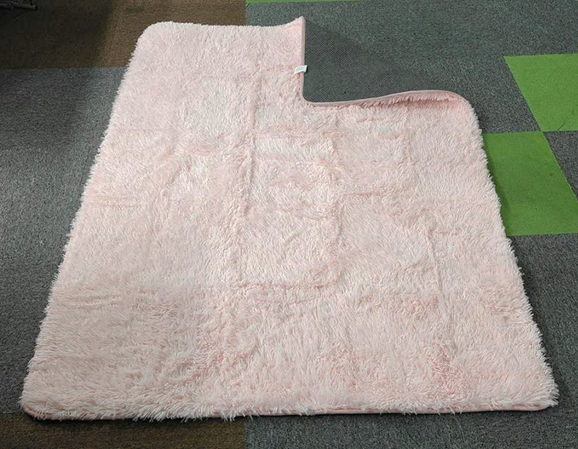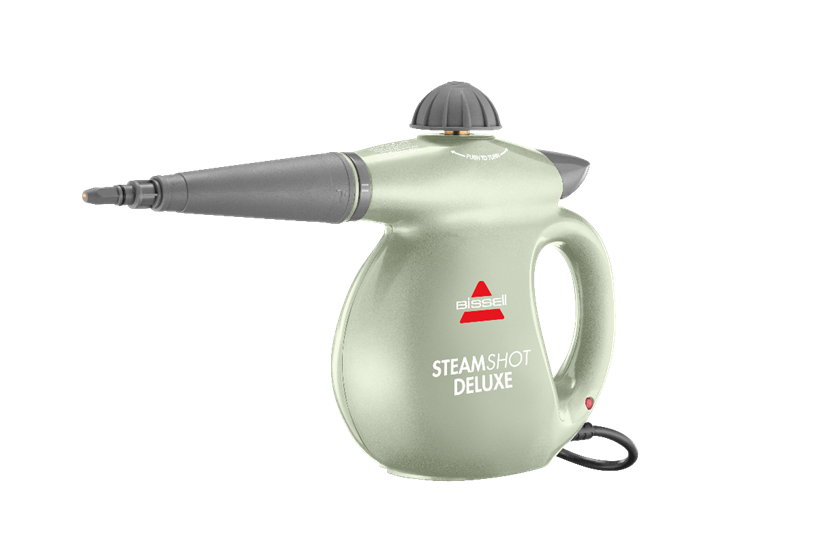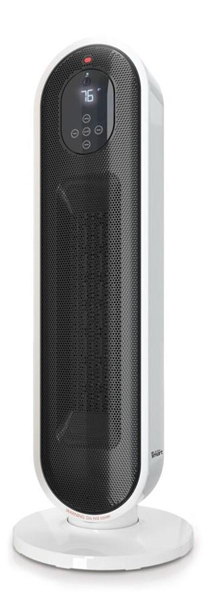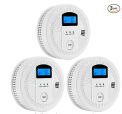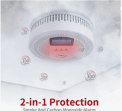If a combination smoke and CO detector that does not alert to the presence of an elevated level of carbon monoxide or smoke is installed in a home, and carbon monoxide or smoke enters the home, the consumer will not be warned of these harmful conditions, making injury or death very likely. Carbon monoxide sensitivity tests performed on the OKEAH detectors by CPSC found that they failed to alert when exposed to pre-determined concentrations of carbon monoxide (400 ppm), in violation of UL 2034, a voluntary safety standard. The smoke sensitivity test performed on the OKEAH detectors by CPSC found that they failed to alert when exposed to pre-determined concentrations of smoke, in violation of UL 217, a voluntary safety standard.
CPSC urges consumers not to purchase or sell these combination smoke and CO detectors. Stop using them and dispose of these products immediately and install new, working CO detectors.
Product Safety Warning Details
Washington, D.C. -- The U.S. Consumer Product Safety Commission (CPSC) is warning consumers about the risk of carbon monoxide poisoning and smoke inhalation associated with the use of OKEAH combination smoke and carbon monoxide (CO) detectors. The detectors can fail to alert consumers to the presence of hazardous carbon monoxide and smoke.
More than 200 people in the United States die every year from accidental, non-fire related CO poisoning associated with consumer products. In addition, most fatalities in residential fires are due to smoke inhalation, rather than heat and flames. In typical residential fire scenarios, there may be as little as one or two minutes to escape after the smoke alarm sounds before the conditions in the home become incapacitating or deadly. More than 2,390 people in the United States die every year from residential structure fires. Furthermore, the risk of dying in a fire is twice as high in homes without a working smoke alarm (1.18 per 1,000), as compared to homes with smoke alarms (0.53 per 1,000).
If a combination smoke and CO detector that does not alert to the presence of an elevated level of carbon monoxide or smoke is installed in a home, and carbon monoxide or smoke enters the home, the consumer will not be warned of these harmful conditions, making injury or death very likely. Carbon monoxide sensitivity tests performed on the OKEAH detectors by CPSC found that they failed to alert when exposed to pre-determined concentrations of carbon monoxide (400 ppm), in violation of UL 2034, a voluntary safety standard. The smoke sensitivity test performed on the OKEAH detectors by CPSC found that they failed to alert when exposed to pre-determined concentrations of smoke, in violation of UL 217, a voluntary safety standard.
The combination detectors are made of white plastic and measure about 4 x 1.5 x 4 inches, featuring a digital display. The combination detectors are advertised to detect dangerous levels of carbon monoxide and smoke and alert with a flashing red LED and a loud alarm pattern. Model No. YJ-901 was sold under the Amazon ASIN B097B63W44 on Amazon.com for between $25 and $75.
CPSC urges consumers not to purchase or sell these combination smoke and CO detectors. Stop using them and dispose of these products immediately and install new, working CO detectors. Report a dangerous product or a product-related injury on www.SaferProducts.gov.
Note: Consumers should install combination smoke and CO detectors on each level of their homes and outside separate sleeping areas. Combination smoke and CO detectors should be battery operated or have battery backup. Test combination smoke and CO detectors frequently and replace batteries as needed. Consumers should only buy combination smoke and CO detectors that meet both the UL 2034 and UL 217 safety standards.
Individual Commissioners may have statements related to this topic. Please visit www.cpsc.gov/commissioners to search for statements related to this or other topics.
请注意:各位委员会委员对相关题目可能会发表声明。请访问www.cpsc.gov/commissioners搜寻这一或其它题目的相关声明。
The U.S. Consumer Product Safety Commission (CPSC) is charged with protecting the public from unreasonable risk of injury or death associated with the use of thousands of types of consumer products. Deaths, injuries, and property damage from consumer product-related incidents cost the nation more than $1 trillion annually. CPSC's work to ensure the safety of consumer products has contributed to a decline in the rate of injuries associated with consumer products over the past 50 years.
Federal law prohibits any person from selling products subject to a Commission ordered recall or a voluntary recall undertaken in consultation with the CPSC.
- Visit CPSC.gov.
- Sign up to receive our email alerts.
- Follow us on Facebook, Instagram @USCPSC and Twitter @USCPSC.
- Report a dangerous product or product-related injury on www.SaferProducts.gov.
- Call CPSC’s Hotline at 800-638-2772 (TTY 800-638-8270).
- Contact a media specialist.

